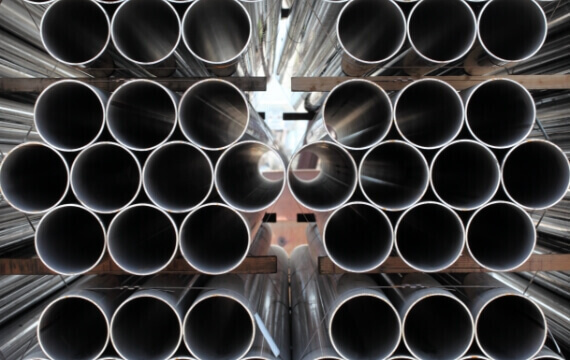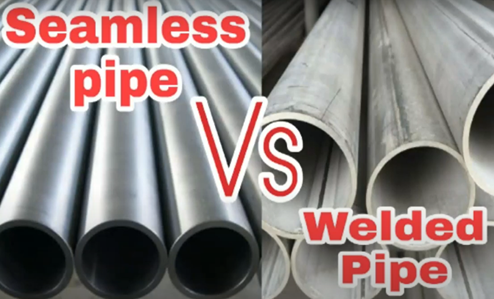When it comes to selecting pipes for various applications, understanding the differences between welded and seamless pipes is crucial. This article provides a comprehensive comparison of welded pipe and seamless pipe, highlighting their manufacturing processes, structural integrity, and suitability for different industries. By delving into the characteristics and advantages of each type, readers can make informed decisions based on their specific requirements.
An Overview of Welded Pipe and Seamless Pipe
Welded pipe is manufactured by joining steel plates or coils through welding, while seamless pipe is produced by piercing a solid billet of steel and extruding it into a seamless tube. Both types serve as conduits for fluid or gas transportation, but they differ in terms of manufacturing method and structural characteristics.
Manufacturing Process and Structural Integrity
Welded pipes are created through welding techniques, where steel plates or coils are joined together. This process introduces a seam along the pipe, which may affect its structural integrity. On the other hand, seamless pipes are formed without any welding or seams, resulting in a stronger and more uniform structure. This seamless construction enhances the pipe’s resistance to pressure and corrosion.
Applications and Suitability
Welded pipes are commonly used in industries such as oil and gas, petrochemicals, and construction. They are ideal for applications that require cost-effective solutions, as their manufacturing process allows for mass production. Seamless pipes, with their superior strength and durability, find extensive applications in industries where high-pressure and critical operations are involved, including power generation, aerospace, and automotive.
Example: In the oil and gas industry, welded pipes are often used for transporting crude oil and natural gas over long distances. Their affordability and ability to withstand various environmental conditions make them a practical choice for pipeline installations.
Advantages and Disadvantages
Welded pipes offer advantages such as cost-effectiveness, availability in various sizes, and ease of installation. However, the presence of welded seams may make them more susceptible to corrosion and leakage. On the other hand, seamless pipes provide superior strength, reliability, and resistance to cracking. Nevertheless, they tend to be more expensive and may have longer lead times for production.

Considerations for Decision-making
When deciding between welded and seamless pipes, factors such as budget, application requirements, and project timelines must be considered. Welded pipes are suitable for low to medium pressure applications, while seamless pipes excel in high-pressure and critical environments. It is essential to consult with industry experts and evaluate specific project needs to make an informed choice.
Conclusion:
The choice between welded pipe and seamless pipe depends on various factors, including the application, budget, and required structural integrity. Welded pipes offer cost-effective solutions and versatility, while seamless pipes provide superior strength and resistance to pressure. By understanding the differences and considering specific project requirements, industries can select the most suitable pipe type for their applications, ensuring efficient and reliable fluid or gas transportation.
